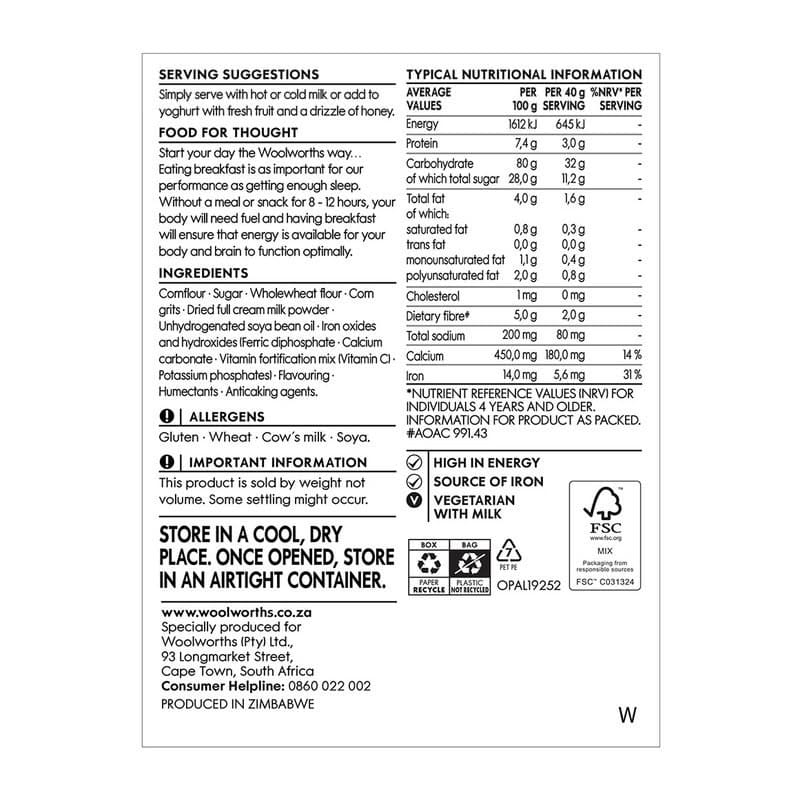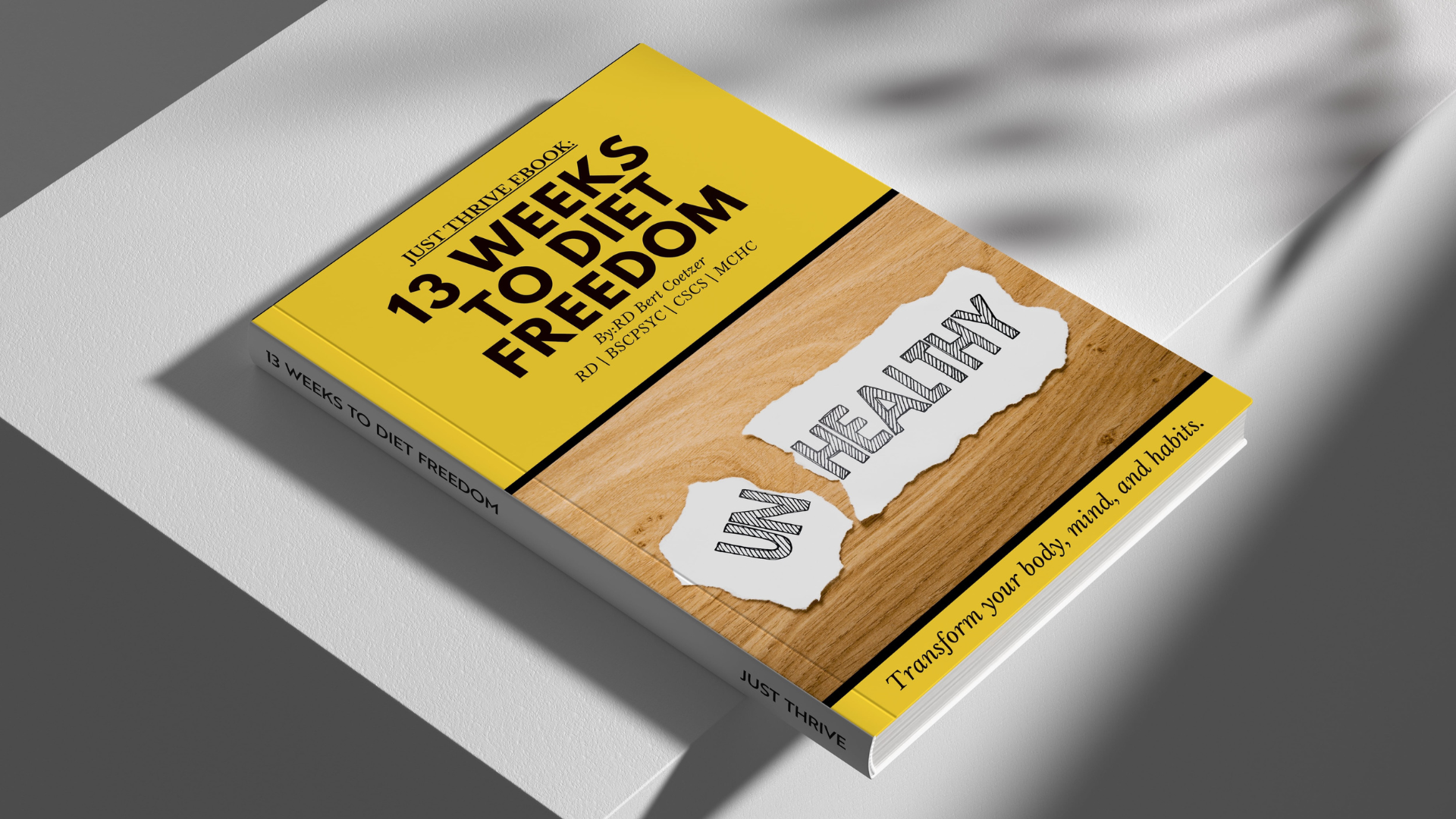How to Read a Food Label without the headache

If a label makes you feel stupid, it is not you.
It is the design.
Most of us just want to know one thing.
Is this an everyday food or a once in a while treat?
Let’s keep it real. Simple. Practical.
Not perfect. Useful.
Step 1: Start with the ingredients list. It tells the truth.
Order matters.
Ingredients are listed from most to least by weight.
If sugar, refined flour, or oil sit in the first three, you are basically holding a dessert or a snack. Even if the front shouts wholegrain, natural, protein.
Whole means whole.
Look for whole wheat, whole oats, whole maize as the first ingredient.
Not wheat flour, multigrain, enriched flour.
Sugar wears many masks.
Syrup, dextrose, fructose, maltose, molasses, honey, agave, cane juice.
Different names. Same story.
One hard pass.
Partially hydrogenated oil. That is industrial trans fat. Put it back.
A quick gut check.
Can you picture most of the ingredients as foods in a kitchen, not a lab? The more it reads like a recipe, the safer it is for everyday life.

Step 2: Use the per 100 g or per 100 ml line to compare
Serving sizes change from brand to brand.
Per 100 g lets you compare apples with apples.
Simple thresholds that work in the real world:
Total fat
Low: 3 g or less per 100 g
High: more than 17.5 g per 100 g
Saturated fat
Low: 1.5 g or less per 100 g
High: more than 5 g per 100 g
Total sugars
Low: 5 g or less per 100 g
High: more than 22.5 g per 100 g
Salt
Low: 0.3 g salt or less per 100 g
High: more than 1.5 g salt per 100 g
Your label might show sodium instead of salt.
To turn sodium into salt, multiply by 2.5.
To turn salt into sodium, multiply by 0.4.
Use these numbers to choose between brands in seconds.
Step 3: Reality check the serving size
Serving size is not a moral rule.
It is a label choice.
If you will eat double, double the numbers.
Some packs give two columns. Per serving and per pack. Use them.
If your label shows % Daily Value, use the quick guide:
5 percent or less is low.
20 percent or more is high.
Go low for sodium, saturated fat, added sugars.
Go high for fiber, vitamins, minerals.
Ask yourself:
What will I actually eat when I am tired and hungry?
Choose with that truth in mind.
Step 4: Know the big rocks
These move health the most. Get these right and you win most of the game.
1) Sodium or salt
For most adults, aim below 2 000 mg sodium a day. That is about 5 g salt.
Compare salt per 100 g across brands. Small differences add up fast, especially with bread, sauces, deli meats, soups, and instant noodles.
2) Added sugars
Keep free or added sugars under 10 percent of daily energy. Under 5 percent is even better for many people. As a simple anchor, most adults do well at roughly 25 to 50 g free sugar per day. If the panel does not list added sugars, use total sugars plus the ingredients list to judge.
3) Fiber
Aim for about 30 g per day.
On labels, 6 g or more per 100 g is high fiber.
3 g per 100 g is a decent source.
Oats, bran cereals, beans, lentils, veg, fruit. Build your day around these and the rest gets easier.
Step 5: The 10 second label scan
- Check the first three ingredients. You want real foods first. Sugars and oils later.
- Look at per 100 g. Scan sugars, saturated fat, salt against the thresholds.
- Find fiber. More is better.
- Adjust for your real serving.
- Audit the front claims. High protein, wholegrain, no added sugar still need to pass steps 1 to 4.
This takes practice.
Like learning to reverse a trailer at a braai venue. Awkward at first. Natural later.
Red flags for everyday eating

- Sugar or refined flour in the first three ingredients.
- More than 22.5 g sugars per 100 g.
- More than 1.5 g salt per 100 g.
- Partially hydrogenated oil anywhere in the list.
See two or more of these and your weekly shop just got lighter.
Green flags for solid staples

- Whole grains or legumes named first.
- 5 g sugars or less per 100 g for everyday cereals, yogurts, breads. Fruit is the natural exception.
- 0.3 g salt or less per 100 g and 1.5 g saturated fat or less per 100 g.
- 6 g fiber or more per 100 g, or at least 3 g per serving.
These are the quiet foods that keep you steady.
Common traps and how to sidestep them
No added sugar on juices or fruit snacks can still mean a lot of sugar from concentrate. Check total sugars per 100 ml.
Tiny serving sizes. Two servings per packet that you will obviously finish. Do the per pack maths.
Multigrain can still be refined. Look for the word whole as the first word in the grain.
Protein bars often read like candy bars that hired whey. Use per 100 g sugars and saturated fat to unmask them.
Health halos. Gluten free, keto, plant based. Nice features, not a free pass. Run the 10 second scan.
Quick swaps that pay off
- Breakfast cereal: whole grain first, 5 g sugars or less per 100 g, 6 g fiber or more per 100 g.
- Yogurt: plain or unsweetened. Add fruit or cinnamon. Flavoured cups often land above 10 g sugars per 100 g.
- Bread: whole grain first ingredient. At least 3 g fiber per 100 g. More is better.
- Sauces: compare salt per 100 g across brands. Swapping a chutney or braai sauce can save hundreds of mg sodium in one meal.
Two honest questions to leave with
What story are you telling yourself when you hold that packet in your hand?
Who are you becoming through the small choices you repeat each week?
You do not need to eat perfectly.
You just need a way to choose wisely most of the time.
Start with the ingredients list.
Use per 100 g to compare.
Keep an eye on salt, added sugars, and fiber.
Simple. Real. Repeatable.
And it works when life is busy.
Until next time
RD Bert
Ready to Take the Next Step in Your Health Journey?

If you’re tired of chasing quick fixes and want a clear path to real, sustainable health, my 13 Weeks to Diet Freedom framework is here to guide you.
Over the next 13 weeks, this program helps you build a foundation of powerful, lifelong habits—step by step and week by week.
Imagine replacing all the fads with a method that simplifies your journey, focusing on small, consistent actions that compound into big results.
I know this path because I’ve walked it. Now, it’s your turn. Are you ready to trade health confusion for clarity and control?